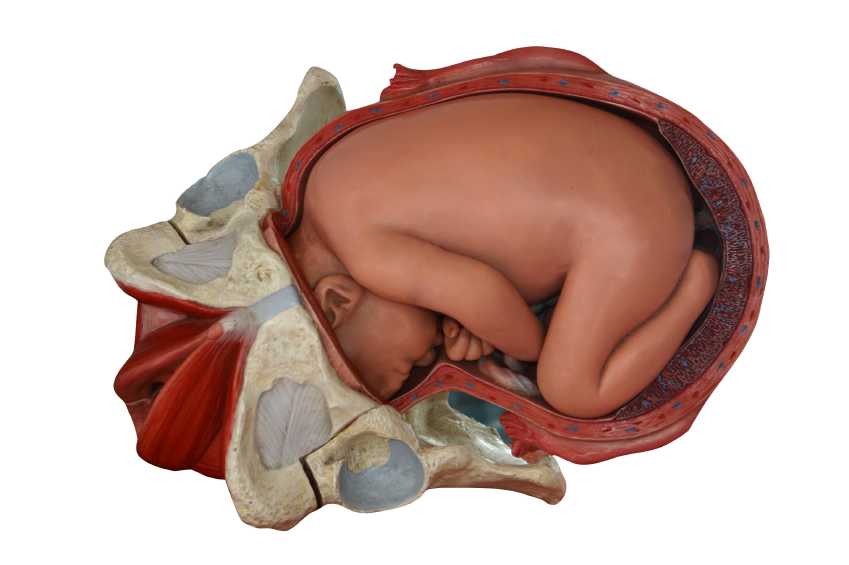How does a first childbirth affect pelvic floor strength?

While the literature is clear that childbirth is a risk factor for pelvic floor dysfunction, how does a first childbirth affect the pelvic floor muscles? Does a vaginal delivery, instrumented delivery, or cesarean delivery affect the muscles differently? These questions were addressed in a prospective, repeated measures study involving 36 women. Outcomes included pelvic muscle function via vaginal squeeze pressure and questionnaires, prior to and following childbirth. The women were first evaluated between 20-26 weeks gestation and again between 6-12 weeks postpartum. All participants were primiparas, meaning that they had not given birth previously, and were found to have a significant decrease in strength and endurance after their first childbirth.
Pelvic floor muscle strength and endurance testing included maximum voluntary contraction (3 repetitions for up to 5 seconds) , sustained contraction, and repeated contractions at least 15 times. Ability to correctly contract the pelvic muscles was assessed via vaginal digital testing (with one examining finger) and perineal observation. A Myomed device was utilized with a vaginal sensor to more accurately measure strength. At the time of postpartum measurement, 33 of the 36 women were breastfeeding, the instrumented deliveries were completed with vacuum extraction, and all episiotomies were performed as right mediolateral procedures. Although the women in the study were asked if they completed pelvic muscle exercises- they were not instructed in any specific exercises.
Prior to childbirth, there were no significant differences in pelvic muscle strength and endurance between the three delivery groups. Following vaginal delivery (assisted or unassisted) pelvic muscle strength was significantly reduced, but endurance was not significantly influenced by delivery mode. While in this study, patients who had a cesarean procedure had decreased pelvic muscle dysfunction, the authors also point out that cesarean "…performed for obstructed labor or after the onset of labor has been reported to be ineffective in protecting the pelvic floor."
This study aimed to document the effect of a first childbirth on pelvic muscle strength. The authors acknowledge that controlled studies with larger sample sizes are needed to make further claims about pelvic muscle health postpartum. Ideally, even though pelvic muscle strength is reduced, we can utilize this information to establish connections about labor and delivery, and more importantly, how to minimize the impact or maximize the healing of pelvic muscles following childbirth. To further discuss postpartum issues, join us for Care of the Postpartum Patient in Houston (June) or Chicago (September)!
By accepting you will be accessing a service provided by a third-party external to https://hermanwallace.com/



































